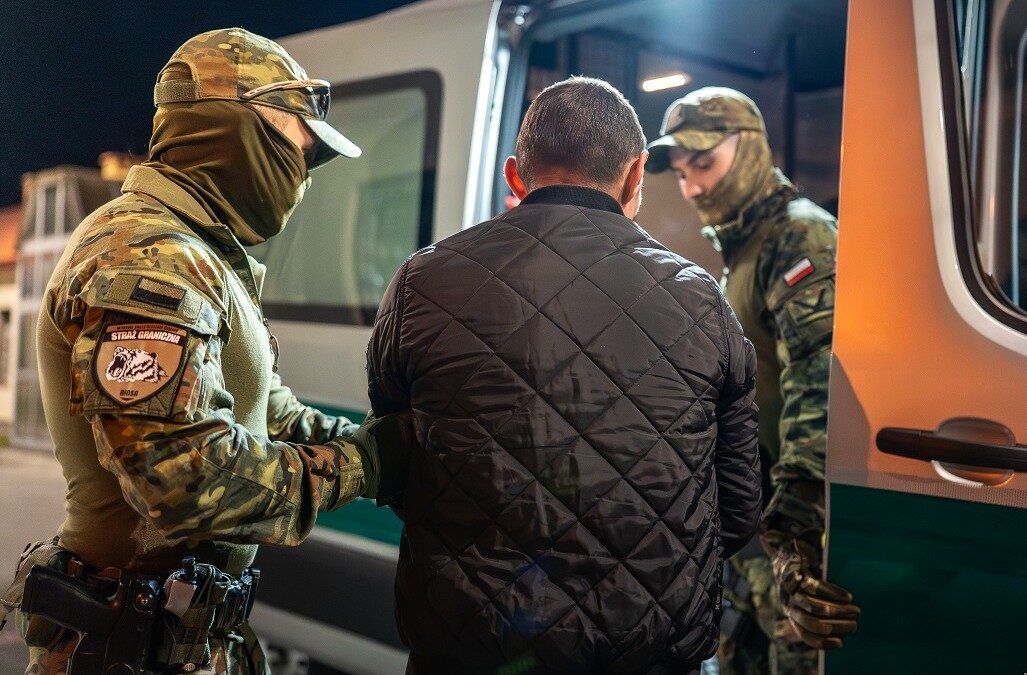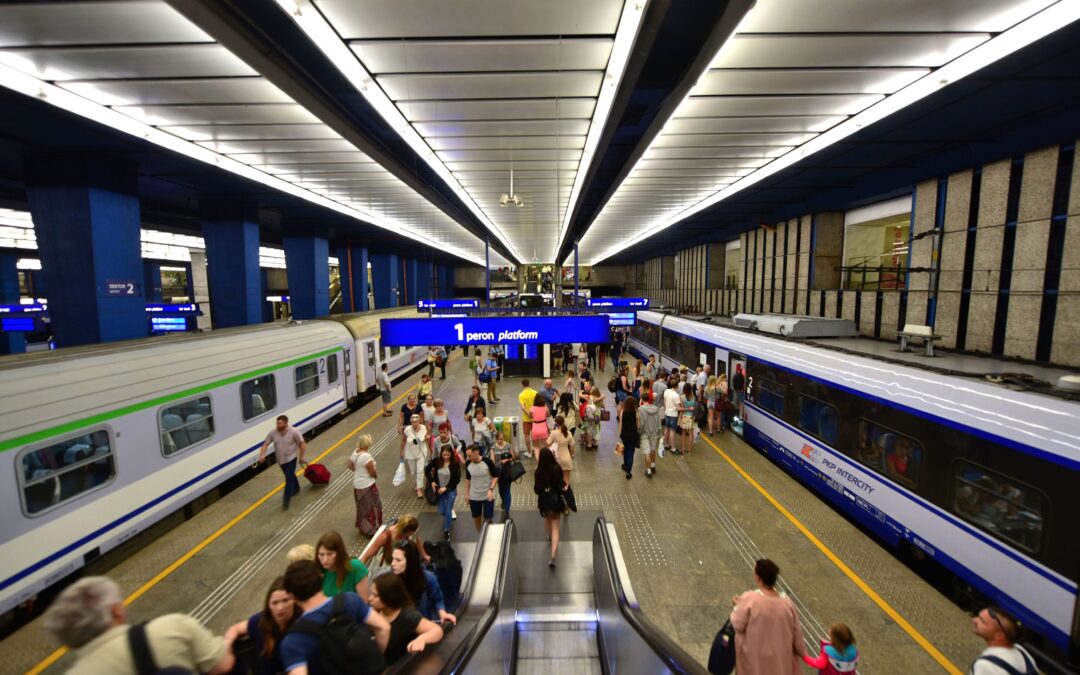A new centre is opening in Poland dedicated to showing the decisive role that Polish mathematicians played in cracking the German Enigma code, which played an important part in the Allied victory in World War Two
The Enigma Cipher Centre (Centrum Szyfrów Enigma) is to be inaugurated this Friday in Poznań, the city from whose university three of the mathematicians – Marian Rejewski, Henryk Zygalski and Jerzy Różycki – graduated.
They were in 1929 among the students who began attending a secret cryptology course organised by the Polish military’s Cipher Bureau. In the 1930s, having moved to the bureau in Warsaw, the three of them developed equipment and mathematical techniques for deciphering coded messages sent via German Enigma machines.
In 1939, the Polish team passed on its findings to intelligence officers from France and Britain. That know-how played a key role in helping Alan Turing and his codebreakers at the famous Bletchley Park to decode German communications during the war.
The new centre in Poznań – located in the Collegium Martineum building – tells the story of the Polish codebreakers through a combination of historical objects – including an original Enigma machine – and interactive multimedia installations.
A memorial has been unveiled in Britain to mathematician Henryk Zygalski, one of the team of Polish codebreakers who played a key role in helping crack the German Enigma code before and during WW2 https://t.co/5sz0hSvUL7
— Notes from Poland 🇵🇱 (@notesfrompoland) September 2, 2018
“There will finally be an institution commemorating the significant success of Polish cryptologists,” said Mariusz Wiśniewski, deputy mayor of Poznań. The city and Adam Mickiewicz University, which is located there, together contributed around 30 million zloty towards the centre, which also received EU funds.
Wiśniewski noted that the exhibition would present the broader “history of cryptography from antiquity to the present day”, including showing how the work carried out by Polish cryptologists contributed to today’s digital revolution.
As well as the main exhibition, there will be a “Cipher Zone” aimed at families with children aged 6-10, with various code-themed games and challenges. The centre launches with a concert this Friday, then will be open to the general public from Saturday.
The @tnmoc museum at @bletchleypark paid tribute to the role of Polish mathematicians in cracking the German Enigma code by using a recreated WWII Bombe machine, which was inspired by a Polish design, to decrypt a message sent from Poland https://t.co/8RmnPFeaVP
— Notes from Poland 🇵🇱 (@notesfrompoland) September 22, 2018
Main image credit: Łukasz Gdak/PCD (promotion materials)

Daniel Tilles is editor-in-chief of Notes from Poland. He has written on Polish affairs for a wide range of publications, including Foreign Policy, POLITICO Europe, EUobserver and Dziennik Gazeta Prawna.




















